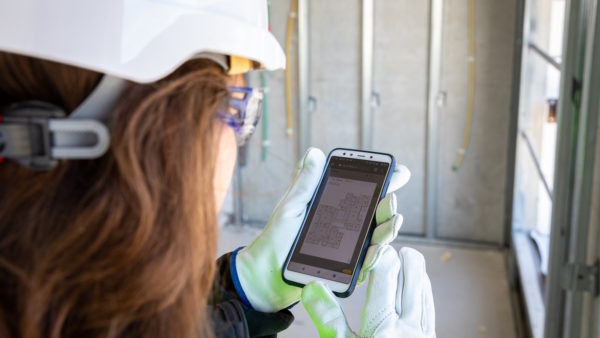CCD Design & Ergonomics, an ergonomics consultancy, has launched an “eye-tracking” VR tool, Evidentia, which it claims will help in the design and development of complex new buildings and potentially reduce costs.
The system enables CCD to work with architects and designers to test human behaviour in new environments at the early design stages. This way, it believes it can optimise the design of a company’s “wayfinding”, or people navigation strategy, before construction begins.
The system could be particularly effective in complex spaces such as airports and stations, and leisure and retail environments, it suggests.
“Using eyetracking within a VR environment helps us better understand how people move and navigate around a space,” said David Watts, managing director of CCD Design & Ergonomics.
“We can design better wayfinding systems and start to explore issues much earlier. The visualisations tell us what people actually look at and how their attention is drawn to different design interventions we make.
“This methodology is so much more powerful than relying on our own intuition about what does and doesn’t work. It also provides a great visual record to demonstrate behaviors to others in the design team.”
Evidentia has been developed in conjunction with VR technology specialist Tobii Pro.
By identifying potentially problematic issues before building work starts, CCD believes it can reduce overall costs.












